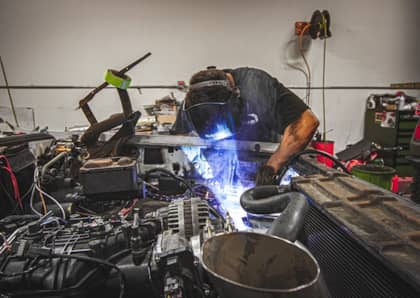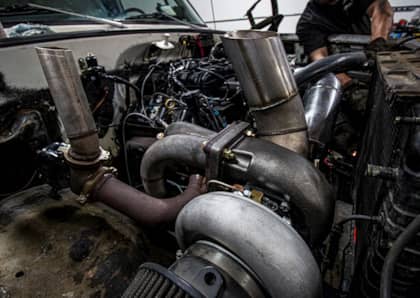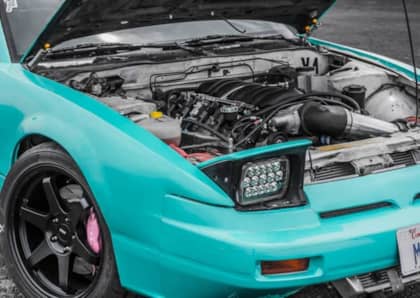Build-Your-Own Legend: A History of the LS
It's rare for an engine to achieve legendary status in the performance world, but it's even less likely for an automaker to replace one celebrated family of drivetrains almost directly with another. Yet that's exactly what General Motors managed to do when it introduced the LS V8 at the end of the ’90s as the successor to the previous generation of small-block Chevy motors. The architecture behind the LS—largely a clean-sheet design—and the remarkable number of variants that would soon follow quickly displaced the ubiquitous old-tech SBC in the hearts and minds of hot rodders.
There are two main reasons why the LS became the swap of choice for speed-seekers building track-day terrors, reliable daily drivers or restomod cruisers. The first is value. It's very difficult to match the dollar-per-horsepower promise of an LS engine, given that so many were produced across such a wide variety of vehicles as to keep prices affordable and availability strong.
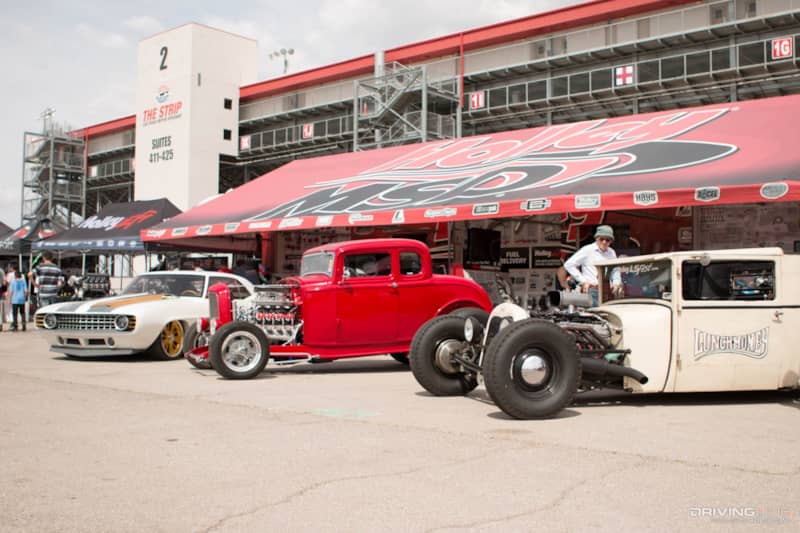
Perhaps just as important, however, is the surprising interchangeability of parts between one LS engine and the next. It's tempting to think of these motors as almost the automotive equivalent of Lego; for the most part, you can pop a set of heads off of one LS motor and snap it onto another with very little hassle, and the same is largely true of crankshafts, intakes and a host of other components.
As a result of these defining characteristics, an entire ecosystem has built up around the LS, dedicated to not just improving on what the factory had to offer but also facilitating their transplantation into all sorts of engine bays that were never intended to be powered by pushrods. It's all these things and more that have caught the attention of a major aftermarket player like Holley, a massive company with dozens of venerated brands under its banner, and caused it to get deeply involved in the LS scene and serve as the primary sponsor and founder of LS Fest, now in its ninth year.
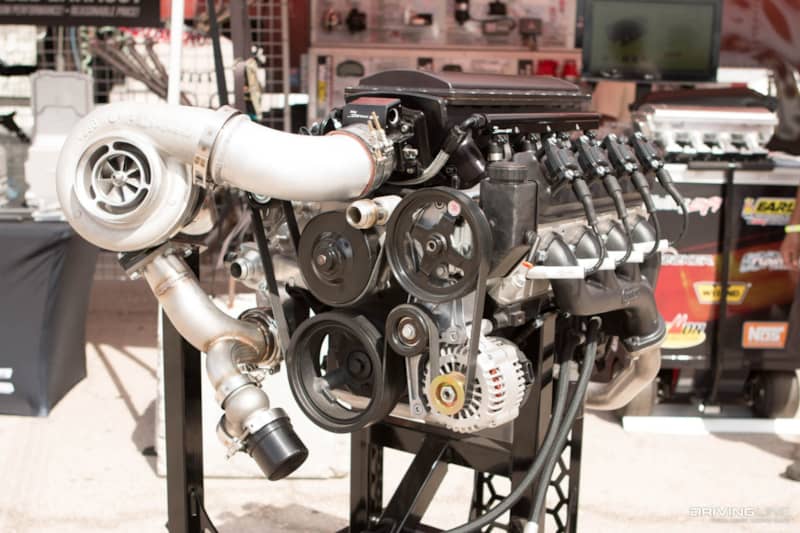
The Holley name is familiar to anyone who's ever picked up a wrench, but lesser known is the organization's intense focus on the LS over the course of the last 10 years. As motor swaps have become more and more common, the company has worked toward becoming a one-stop shop for anyone looking for plug-and-play LS solutions.
"LS Fest is our chance to create a playground for everyone in the LS community, whether they're drag racers, drift fans, autocrossers or even show-and-shine fans," says Holley's Blane Burnett. "Having this LS engine family as the common thread that links these different groups of gearheads together is unique in the world of automobiles, and it's also a rare chance for us to get directly in touch with the people who are building their cars with our parts."
Destined for Success
After having undergone four years of development during the mid-’90s, the LS1 was primed to introduce a number of important innovations while still staying true to its pushrod roots in an era where chief rival Ford had moved to overhead cams across its entire lineup. Sports car fans were the first to benefit from GM's new small-block strategy when the 5.7L LS1 debuted under the hood of the Chevrolet Corvette in 1997, with the Camaro SS benefiting from the motor the following year.
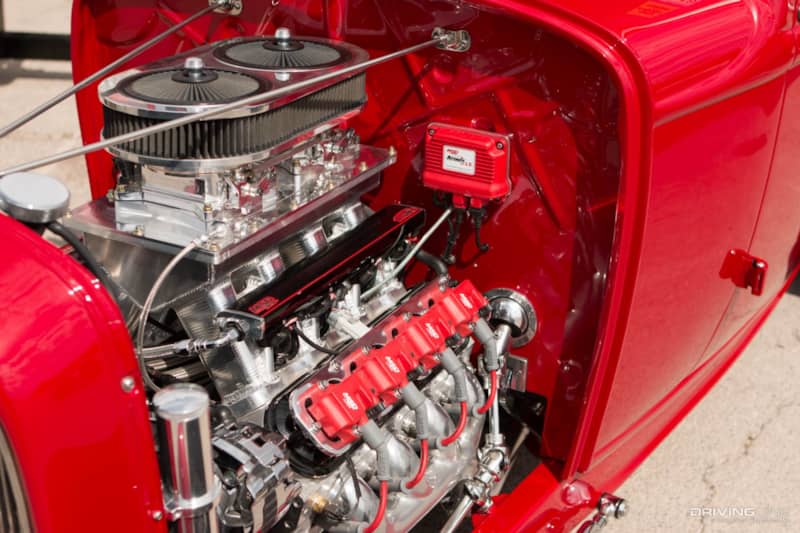
The all-aluminum construction of the LS1 caused a commotion, what with its roughly 107-pound block weight and initial rating of 345hp. So much grunt from a four-bolt main block that weighed just over half of what the SBC tipped the scales at was a revolution, as were other important advancements like the motor's cathedral-port cylinder heads (allowing for more accurate aiming of fuel injectors) and coil-on-plug ignition design (with a new lower-stress firing order). Best of all was its form factor: Without overhead camshafts or turbos hanging off of it, it was small enough to be packaged into a surprisingly wide range of platforms.
The LS formula would be refined again and again over the course of the next 20 years, with variants such as the LS6 strengthening the block and installing a more aggressive camshaft (matched with higher compression and a deeper-breathing intake manifold), and the LS2 punching displacement out to 6.0L.
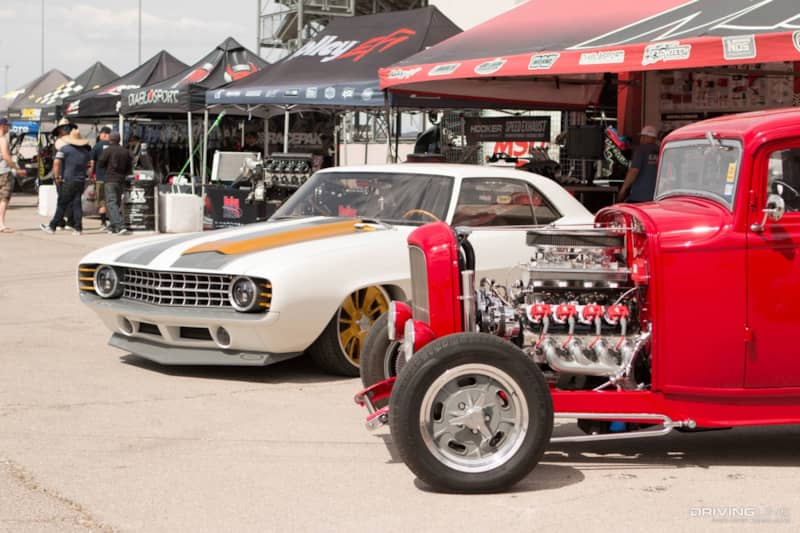
By the time the LS3 arrived in 2008, almost 100 extra horses were available from the LS architecture (thanks again to more displacement, larger bores and a stronger block casting)—then came variants such as the 7.0L LS7, the supercharged LS9 and LSA and, of course, the primary donor to almost every inexpensive swap, the Vortec line of LS pickup and SUV engines. The latter swapped in iron blocks for aluminum, but still delivered respectable power from anywhere between 4.8L all the way up to 6.2L of displacement.
It's an embarrassment of performance-enhancing riches to choose from if you're someone looking to assemble your ideal LS engine from the above-listed parts bin. All LS crankshafts share the same rear main seal, rod and main journal sizes, and even longer dry-sump designs can be modified to be used on a wet-sump motor. Cylinder-head swaps are simple, as long as you take care to match the intake-port design to the correct intake manifold and remember that early LS1 and LS6 engines feature a small bore that limits you to mixing and matching their respective head designs, plus that of the LS2 (with LS2-and-later blocks capable of accommodating almost every available LS head). Connecting rods and pistons are similarly swappable, allowing for creative and surprisingly inexpensive solutions for creating the perfect blend of power and reliability for your application.
Aftermarket Assist
One would think the parts interchange between LS engines would make them simple enough as swap donors, and you would be right, but this apparent ease of installation has actually pushed builders further and further in terms of finding new platforms where the V8 can be used to generate heaps of horsepower. As that trend has continued, it's opened up a need not just for the near-complete kits that are available for the most popular swap recipients but also the many nuts-and-bolts adapters and other components needed to finish more esoteric builds.
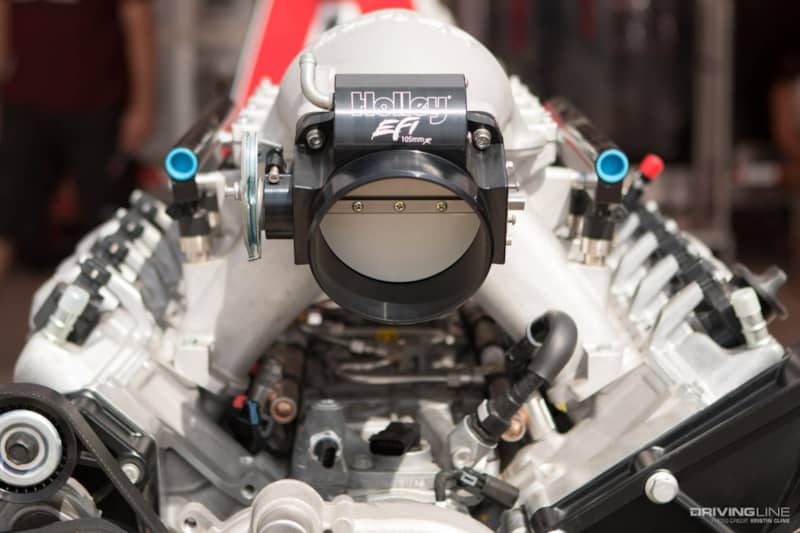
"The primary points of concern for anyone installing an LS are being able to fit the engine between the framerails and above the crossmember and steering gear with enough clearance for the oil pan, accessory drive and headers; getting the correct angle for the driveline; and being able to route the exhaust in a way that is simple without restricting flow," Burnett explains. "Then there's the question of being able to fuel and manage the engine itself."
To that end, Holley has put together a dozen “swap systems” that group together the parts needed to go full-LS in anything from fullsize C10 pickups, to G-bodies, to the ultimate in automotive heresy, the SN95 and Fox-body Ford Mustang. Even the drift crowd is served, with the Nissan 240SX included under the swap system banner.
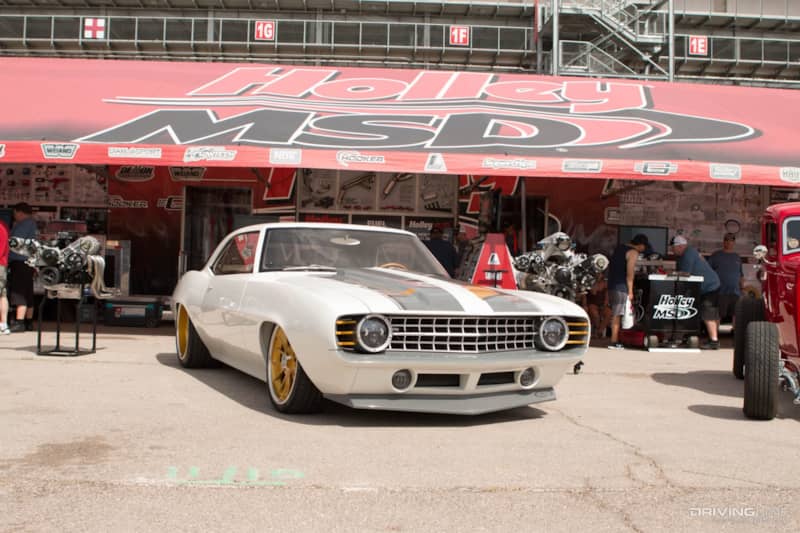
"We realize, however, that there are plenty of builders out there who can fabricate their own engine mounts or exhaust systems and maybe only need help with some of the more challenging or time-consuming aspects of their LS swap," Burnett continues. "This is why we made it easy to pick and choose just the missing pieces like our engine swap oil pans, exhaust manifolds, stand-alone plug-and-play EFI systems and, of course, injection-capable fuel pumps for anyone moving from a vehicle that was originally carbureted."
Don't Be Afraid To DIY
Anyone who's ever found themselves knee-deep in project hell can attest to the fact this kind of all-in-one aftermarket support can be the lifeline needed to save a build that's taken up too many hours in the shop. That said, one of the beautiful things about the LS is that there's often a factory-built version of whatever part you need that you can scavenge off of a junkyard motor or trade with another engine owner and get your car or truck running.
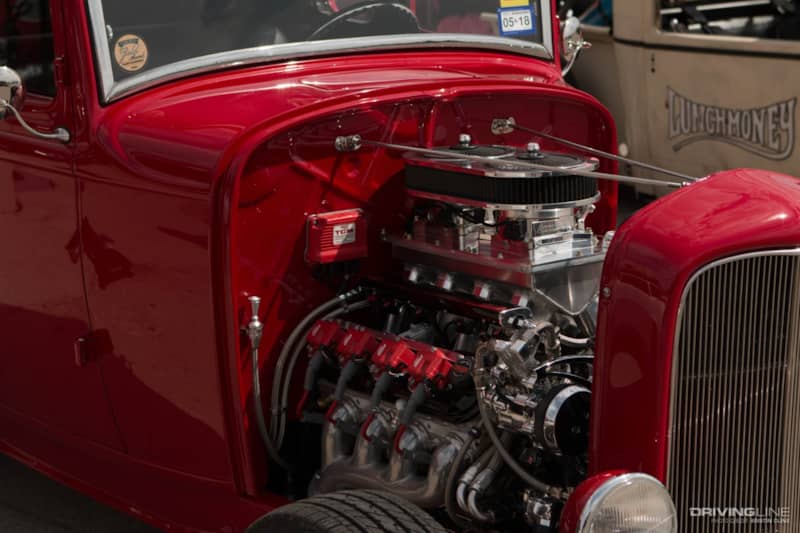
In fact, it's hard to deny that the DIY ethos is a big part of what has allowed the LS to slowly take over the swap scene, sprawling out across all vehicle makes and models like some type of enormous mechanical blob. Before the LS, the previous-generation small-block Chevy had already been engineered to the edge of its capabilities, and other enthusiast engines were either hurtling toward expensive complexity or required a crash course in forced induction to see meaningful gains.
After just a few years on the streets, however, it became clear that the potential locked up inside the LS V8 was only just beginning to be tapped, and 20 years of nonstop development from both GM and the aftermarket have done nothing but confirm the engine family's status as the MVP of accessible—and inexpensive—horsepower.




